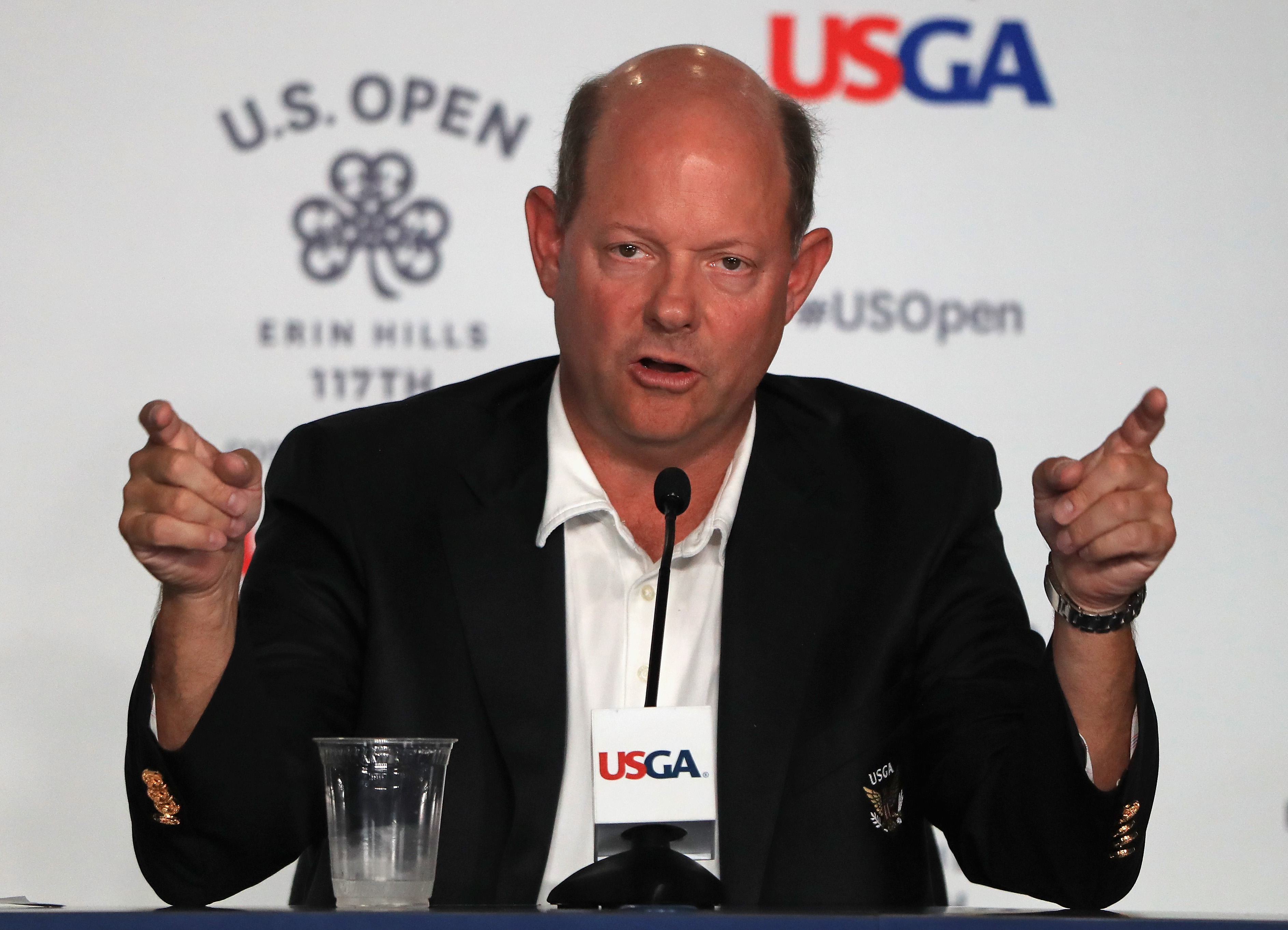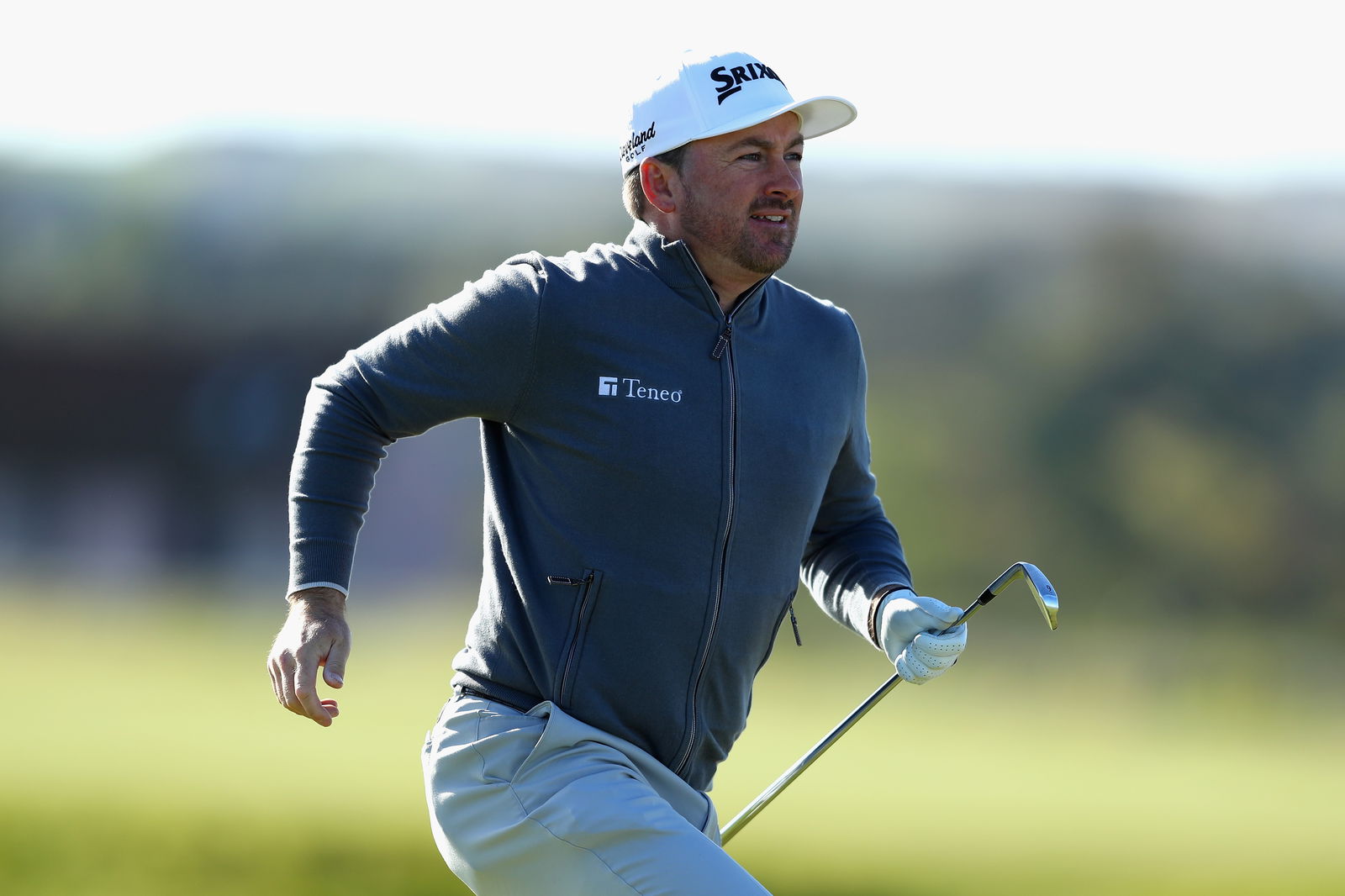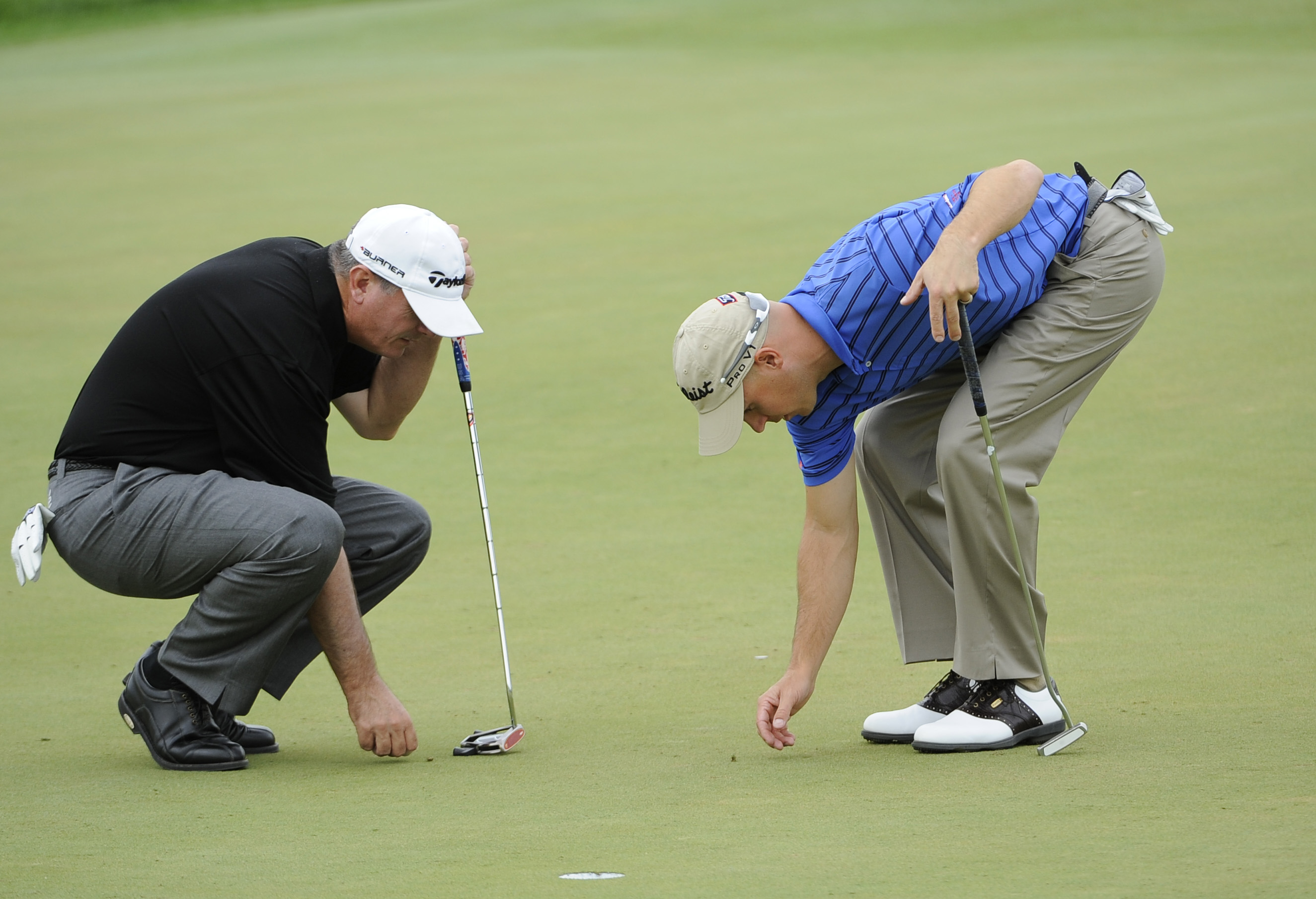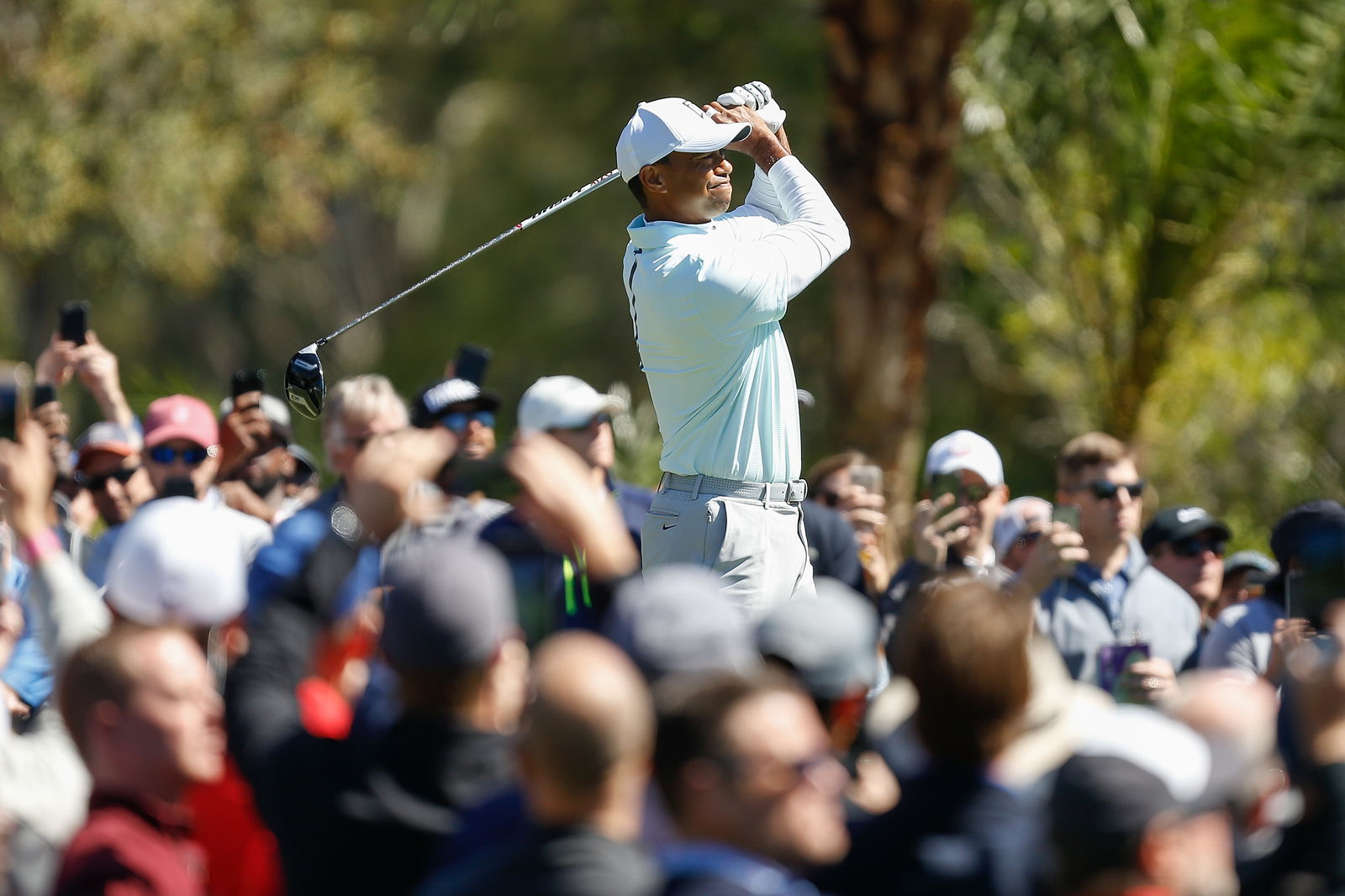Final changes to new Rules of Golf include HUGE amendments
New set of golf rules set for January 1, 2019 - what do you make of these changes?


The USGA and R&A have today revealed the final version of golf's new rules that will go into effect on January 1, 2019 - and there are some BIG changes that will affect all of us.
The most notable changes made by golf's governing bodies include fresh directives on how to take a drop, as well as an alternate solution for dealing with a lost ball or when a ball goes out of bounds.
"It's been a long process but a gratifying one," said Thomas Pagel, the USGA's senior director of rules and amateur status. "Now comes the fun part where we get to share with the world everything that has been done."
The clearer and more concise changes to golf's rulebook occurred as a result of the USGA an R&A opening up their proposed revisions to a six-month period of public feedback.
During that time, more than 30,000 comments and suggestions were received.

One of the underlying principles of the new rules is that golfers should not be penalised for unintentional acts that result in no benefit to them.
The new rules will be published digitally and in print, in three versions of a full edition, an abridged players' handbook and an official guide - replete with rules, interpretations, committee procedures and other details.
Here's a look at some of the biggest changes...

ON TAKING A DROP...
Last year's proposal suggested that players be allowed to drop from as low as two inches off the ground, down from shoulder-height. That wasn't something that went down well with the public.
Yes, a lower drop would help keep play moving by reducing the chance of a ball bounding out of the relief area and forcing a player to drop again, but two inches was too low.
The public viewed this as practically like placing the ball. If you were standing across the fairway from your playing partner, how could you possibly be sure that they were dropping the ball at all?
"A number of comments we received from all levels of the game wanted to see a certain amount of randomness maintained so that when you drop a ball, you're not sure what kind of lie you're going to get," said Pagel.
"But how do you ensure that randomness? Do you take it back to shoulder height? It was really about finding a balance of maintaining that randomness while also allowing the player to identify a relief area, drop there as quick as possible and play on."

ON MEASURING A RELIEF...
Golfers will be allowed either one club-length or two-club lengths, depending on the situation (if you're taking relief from a cart path, for instance, you'll get one club length; if you're dropping from a lateral hazard, you'll get two).
Last year's proposed revisions suggested a 20-inch or 80-inch standard.
ON DOUBLE-HIT SHOTS...
The penalty for a double-hit - known to some fans as a "T.C. Chen," in honour of the golfer whose chances at the 1985 US Open came undone when he struck his ball twice with a single swing - has been eliminated, which was not the case under last year's proposed revisions.
Golfers will simply count the additional stroke they made while striking the ball.

ON A BALL IN MOTION STRIKING A PLAYER...
The penalty has been eliminated for a ball in motion striking a player.
"They really mirror each other in the thinking behind them," said Pagel.
"Say a ball bounces off a bunker face and comes back and hits you in the chest, it's accidental. And it's certainly not to your benefit."

ON LOSING A BALL AND HAVING TO FAST WALK/RUN/CART RIDE BACK TO HIT THE SHOT AGAIN...
The new guidelines include a local rule giving committees leeway to get rid of the stroke-plus-distance penalty.
This gives golfers the simpler, less time-consuming option of dropping in the vicinity of where their ball went out-of-bounds or missing, under a two-stroke penalty.
This rule won't apply to professional tournaments or other elite-level competitions. It's meant to keep things moving in everyday club and recreational play.
"The concern we kept hearing was, ‘I can't go back because the golf course is already log-jammed and my going back is bad for pace of play,'" said Pagel.
"This local rule essentially replicates what would have been a decent shot with stroke and distance while keeping the player moving forward, which as we know is critically important."

ON REPAIRING SPIKE MARKS IN PUTTING LINES...
Some of the modifications in this final version aren't so much changes as clarifications. One of them involves allowing golfers to repair spike marks in their putting line.
"From all levels of the game, what we heard was that if you let people repair damage, they'll either take forever to do it, or essentially build a trough between their ball and the hole," said Pagel.
"But if those are valid concerns, there are already rules in place to address them. If a player takes two minutes to clean up the line, then the pace of play rule takes effect. If the player improves more than what is reasonable, there is already a rule that says you can't improve your line of play."


